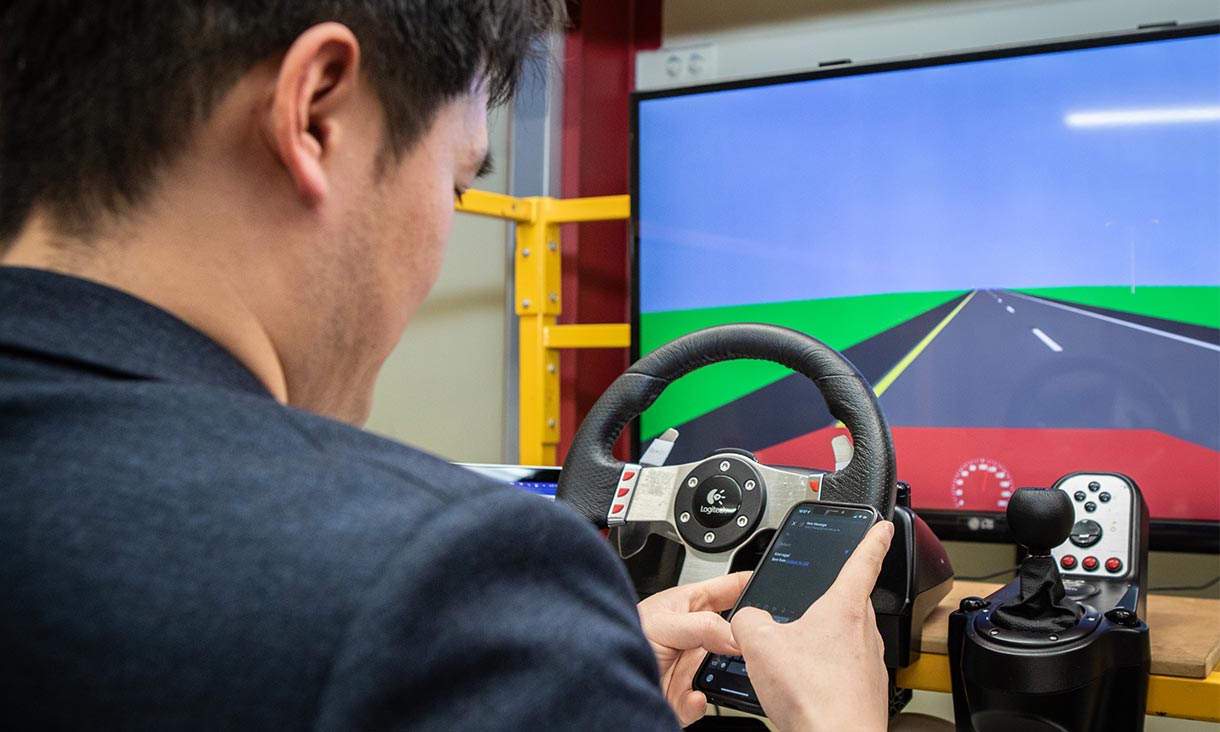Making our city skies safe
Regulations for Advanced Air Mobility (AAM) aircraft, such as future air taxis, are being drafted around the world, including the US and Europe.
The RMIT team warns frameworks are desperately needed to ensure this new technology is safe and reliable, especially when it operates autonomously.
“Current regulations and certification do not specifically address safe autonomous operation when traversing building flow fields,” Mohamed said.
He argues that site-specific wind simulations and measurements are essential to identify hazardous regions.
“As we determine the location of vertiports – where these vehicles will take off and land – we also need to determine hazardous regions to avoid. This will enhance safety and reduce interruption of a fleet due to wind conditions,” Mohamed said.
“Using state of the art sensors, we can sense the turbulence in real-time and distribute this information to both the vertiport operator and the incoming and outgoing aircraft for safer and more informed landing and take off operation.”
“The margin of error will be much lower than at airports, where larger aircraft can tolerate much stronger gusts. We won’t have that flexibility with air taxis in cities.”
Co-author Dr Matthew Marino said purpose-built vertiports should allow us to integrate design features to reduce hazardous conditions from occurring.
“Existing buildings can also be repurposed as vertiports, however may require modifications to improve the aerodynamics near the landing pads. The effectiveness of such design features must be assessed through either small-scale experiments using wind tunnels and or full-scale measurements,” he said.
“Extensive wind flow mapping at full-scale will no longer be daunting in the future. We are continuing to develop our wind sensing drones – a swarm of drones instrumented with wind anemometers – to accurately map around large infrastructure.”
He also advises urban aircraft should be certified to handle strong gusts and turbulence around buildings, which will impact manufacturers.









